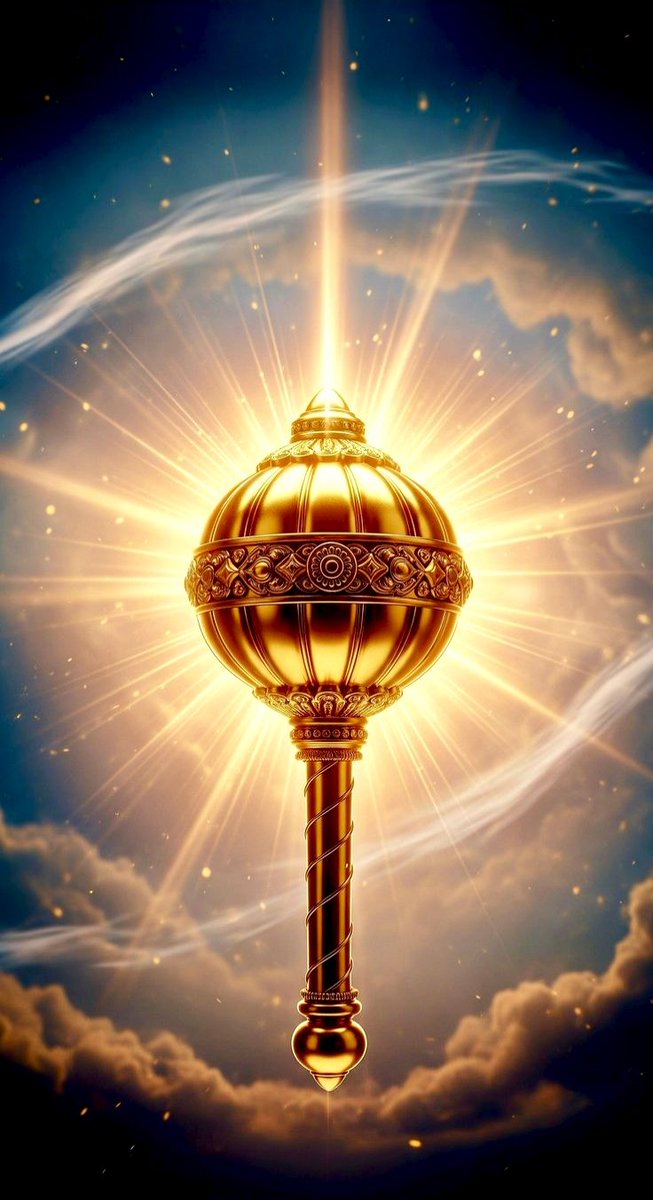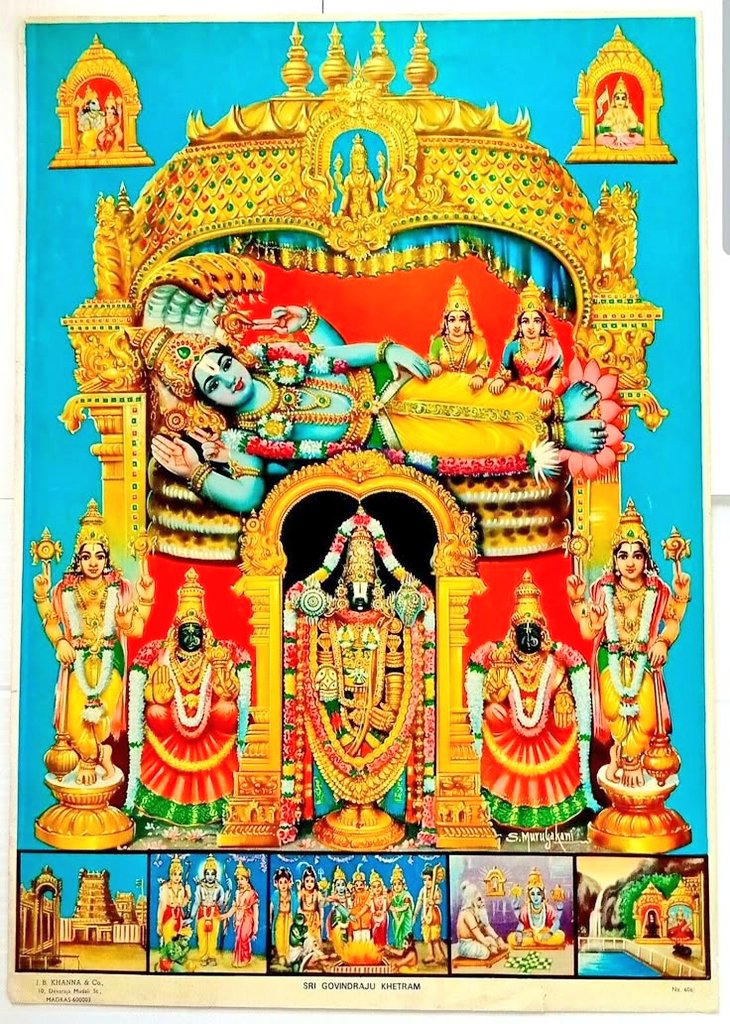Do you know?
More than 50,000 years old artifacts are found in Tamil Nadu. History of India is surprisingly vast and exquisite than was ever taught to us.
Dating of these artifacts recovered from the sites (293 Tamil Sagam sites, Vaigai River, Madurai) is a challenge to C14,..

More than 50,000 years old artifacts are found in Tamil Nadu. History of India is surprisingly vast and exquisite than was ever taught to us.
Dating of these artifacts recovered from the sites (293 Tamil Sagam sites, Vaigai River, Madurai) is a challenge to C14,..

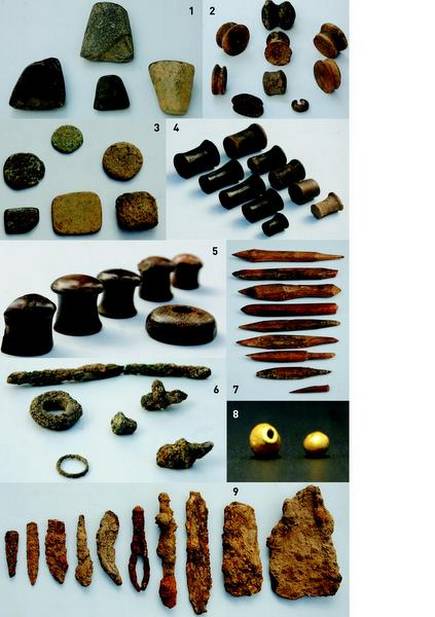
...Carbon dating,as C14 is useless in dating anything beyond 50000 years.This,coupled with the systematic misinformation about Indian history by the Agenda filled western scholars, straight from Max Mueller to present day pseudo researchers from the West,the self styled.. 



...secularists and Anglophiles, who try to muddle our history and our general reluctance to study our regional and Sanskrit texts and our labelling them as myth,without bothering to read them, has led us to be unaware of our history. 

..And the north south divide, the hoax of Aryan Invasion and the lie of Tamils and Dravidas being antagonistic to Vedic culture has made us look at Indian history in compartments.
The Tamil/ Dravidian culture was and is a part of Sanatan Dharma and existed along with it.
The Tamil/ Dravidian culture was and is a part of Sanatan Dharma and existed along with it.

20,000 year old Poompuhar site in Tamil Nadu with Vedic Links,Sites near Palani, Andippati,Adichanallu,
Now Kezhadi,in Sivaganga District,near Madurai has revealed a river civilization beneath the ground.
And it belongs to Sangam Era.
Now Kezhadi,in Sivaganga District,near Madurai has revealed a river civilization beneath the ground.
And it belongs to Sangam Era.

1st Tamil Sangam Era is dated around by 13000 years ago.
Yet Poompuhar is around 20,000 years old.
Tamil Brahmi is older than this,as Cilappadikaram, a Classical Epic of Sangam Era was written, not in Brahmi, but in evolved later Tamil.
Yet Poompuhar is around 20,000 years old.
Tamil Brahmi is older than this,as Cilappadikaram, a Classical Epic of Sangam Era was written, not in Brahmi, but in evolved later Tamil.

Its Time to rewrite our History.
In a year-long survey conducted in 2013, the state Archaeology department had identified nearly 293 Sangam Age towns along the course of river Vaigai.
In a year-long survey conducted in 2013, the state Archaeology department had identified nearly 293 Sangam Age towns along the course of river Vaigai.

“Our field of research included areas that fell within five kilometres from the river on both the banks, starting from the place of Vaigai’s origin in Theni district to the very end of the river in Ramanathapuram district,” says archaeologist Dr. V. Vedachalam. 



The places were classified as granaries, trading points, ports, habitation sites and living or dilapidated temples. Excavations were carried out at Varushanad in Theni and Azhagankulam in Ramnad.
The excavation at Keezhadi has been carried out at two localities in the farm.
The excavation at Keezhadi has been carried out at two localities in the farm.

“Both the places have yielded different items and we presume they represent a social hierarchy,” says Amarnath. The bigger of the two locations with more number of trenches is said to be a settlement of educated rich people, as many jewellery, fine game stones, semi-precious... 
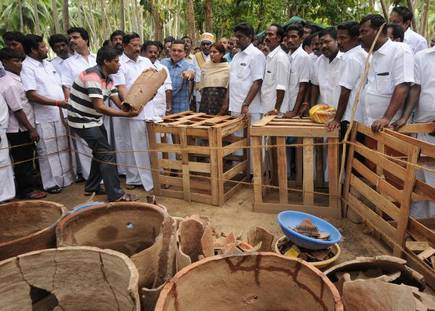
...stones and a dozen Tamil Brahmi inscriptions have been found. “Even the brick structures appear more refined.” Beads of agate, Carnelian and quartz indicate that they had trade link with countries like Rome. 
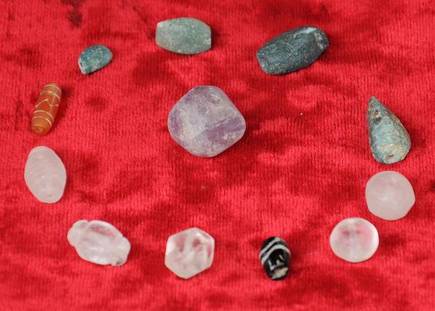
The Tamil Brahmi letters found on pottery is all names of individuals such as, Thisan, Aadhan and Udhiran. “They are typical Sangam Age Tamil names,” says Amarnath. 

• • •
Missing some Tweet in this thread? You can try to
force a refresh



